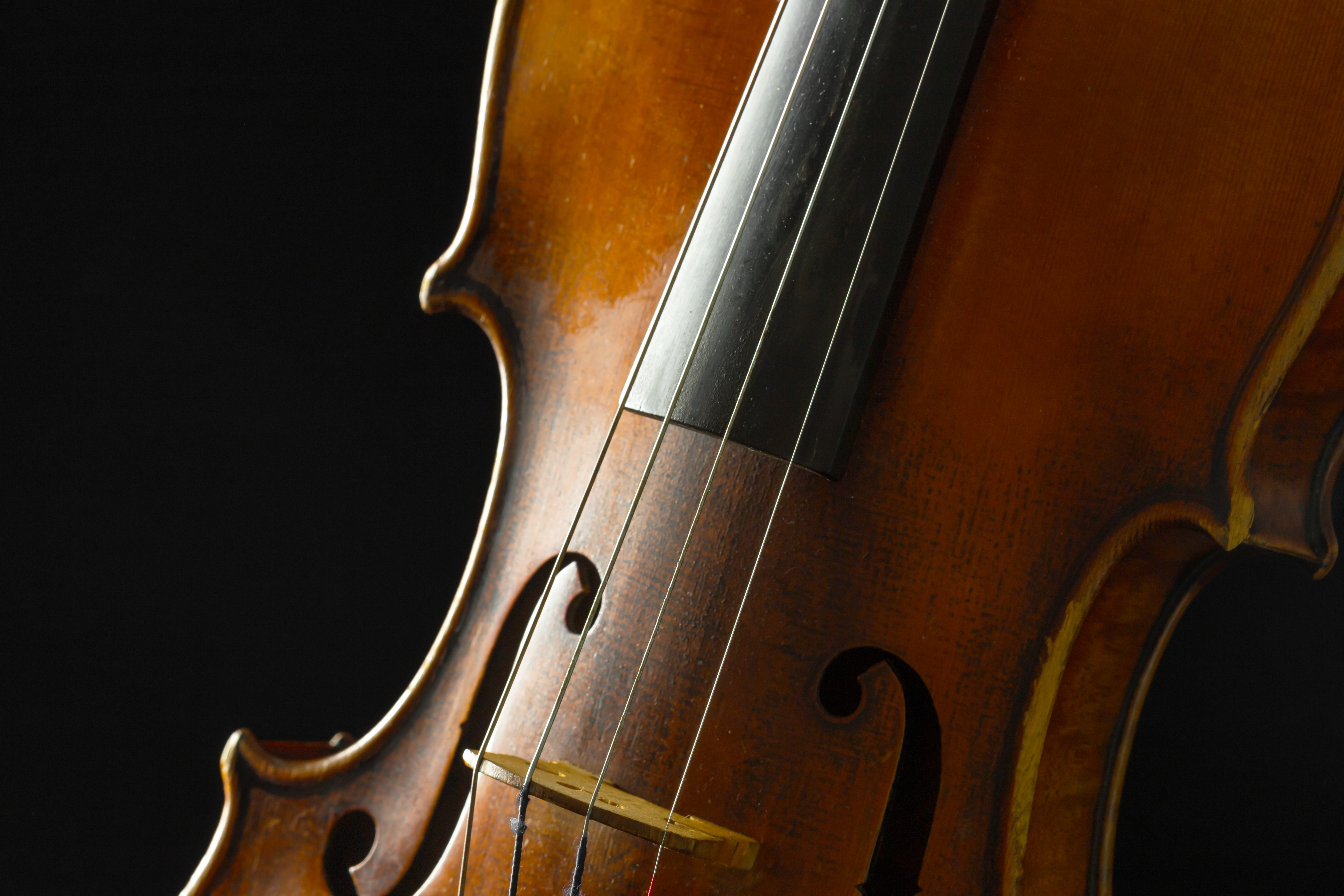
no soy el mismo hombre / I am not the same man
for string quartet + dynamic transforms
Information for quartets
Introduction
The next work in the Currawong Project queue, for string quartet + dynamic transforms, extends Currawong practice to string instruments.
As with the piano work, we inform the world of dynamic transforms by recording a multiple of identical performing forces -- in this case six string quartets with well established "identities". The intent of these recordings, with each quartet recording fragments that collectively total about one sixth of the whole piece, is to bank their respective interpretations as original source material to shape the electronically generated transforms -- which are derived entirely from the sound of the instruments in performance.
Note: Just as with get used to it man thats the way we live now, a "stand alone" performance -- meaning without dynamic transforms -- is an entirely valid version. Even when the work is performed without electronics, it is always an option to capture the performance so that it can be used, like any others that enter the queue, as content for an ever expanding and evolving data pool of interpretations that shape the dynamic transforms.
Download the score
The score linked below contains colored overlays which identify the section assignments for each of the six quartets which will be engaged during the next stage of development of the piece. See the Information for quartets to learn more about the meaning of these sections or to find out how to participate.
This following version of the score does not contain colored overlays.
Information for quartets:
To initiate the production of this work, Currawong Project will engage six string quartets to learn and record 8 out of 48 sections of the total piece (about 26 minutes). The grid below shows the distribution of six assignments over the course of the piece. Each of the six colors represents one quartet's unique set of fragments.
The following table lists the score section of each quartet assignment. These identitied sections correspond to the colored overlays in the score.
Although the duration of each of the 48 fragments is highly variable -- the shortest is about 8 seconds, the longest about 108 seconds -- the total duration of all six assignments adds up to be almost exactly the same: About 4' 22". Similarly, the fragments range in degree of complexity, but in totality the variable challenges of the music should be quite equivalent.
Accordingly the demands on a quartet's time to learn and record any one of the assignments is meant to be as consistent among the six as practical.
The initial purpose of the recording sessions is to capture the individuality of each quartet's interpretation of their respective fragments (each assignment). These interpretations inform our dynamic transforms.
Public performances of the piece are expected to be by one quartet playing the entire work. The sound world of the transforms will initially be shaped by the data captured from recording all six quartets having recorded their respective assignments.
Over time, as public performances take place that are also captured thereby informing and refreshing the overall data pool, the sound world of dynamic transforms will evolve in response to the source of data continually expanding.
Currawong Project is currently seeking to engage the first six quartets. We encourage any interested ensemble to check out the score and advise us if you have a preferred assignment.
Composer Note
The title is a rather obvious reference to the time between starting and completing the piece -- some 29 years. Let me say at once it's not as if I labored over the piece from 1996 (the year my notes show) and early 2025. Instead, for reasons I can't really account for, I kept putting it aside at various times in favor of other projects that came to occupy my attention as greater priorities. The largest gap was probably about 12 years in which I completely ignored the uncompleted piece. At the point when I picked it back up, it took quite some months to reconstruct and recollect the state of the work so that I could resume where I left off. In 2023 or so I committed to myself at last to get it done. But until the final third or so, the composing never continued at a steady pace.
But even apart from the absurdly long passage of time between start and finish, the piece is about constant transformation. My fascination with music that exists as an ever evolving journey is boundless and kind of insatiable. To pursue this topic in more depth and to try to explain how it shapes my overall techniques requires a separate essay, to be posted down the road.